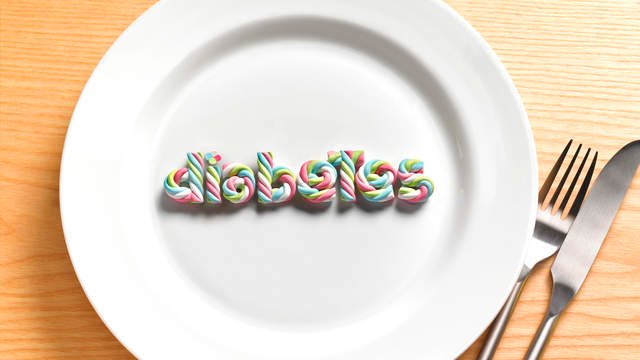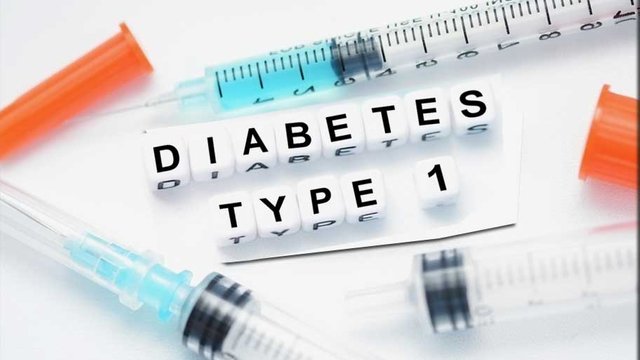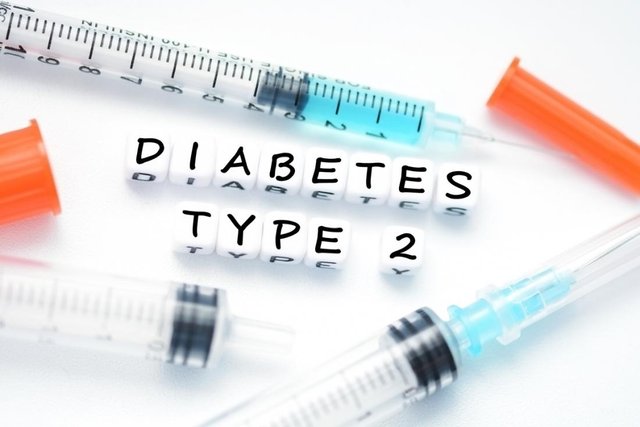Diabetes, thoroughly studied • Treatments, care and studies. (Part 1/3)
Today I want to talk about diabetes because it seems to me a very important issue and that many people have in common. As well as bring a little information about their care and the studies that are carried out for their treatment.
* What is known as diabetes?
Diabetes is a disease that occurs when the level of glucose in the blood, also known as blood sugar, is too high. Blood glucose is the main source of energy and comes from food. Insulin, a hormone produced by the pancreas, helps the glucose in food enter the cells to be used as energy. Sometimes the body does not produce enough or does not produce any insulin or does not use it properly and the glucose stays in the blood and does not reach the cells.
Over time, too much glucose in the blood can cause health problems. Although diabetes has no cure, the person with diabetes can take steps to control their disease and stay healthy.
Sometimes people who have diabetes say they have "a little high sugar" or have "prediabetes." These terms make us think that the person does not really have diabetes or that their case is less serious. However, all cases of diabetes are serious.

* Diabetes type 1
Type 1 diabetes is one of the most frequent chronic childhood diseases. It happens because the pancreas does not make enough insulin.
- Cause of type 1 diabetes
Until today, the exact causes that give rise to a type 1 diabetes are unknown. It is known that there are a number of factors combined with each other:
-Genetic factor: The predisposition to have diabetes is inherited, not diabetes itself. Only 13% of children and adolescents with diabetes have a father or brother with this disease. We know that the cause is not totally due to the inheritance for the studies that have been carried out on identical twins. When a twin has type 1 diabetes, only in half of the cases will the other twin develop the disease. If the cause was only genetic, both twins would always develop the disease.
-Autoimmunity: Normally, the immune system protects our body, but in certain diseases such as diabetes, lupus, arthritis, etc., the immune system turns against our body. In the case of diabetes, a reaction occurs against the insulin-producing cells. The way to show it in blood is by measuring the antibodies. These antibodies usually disappear from the blood progressively after the diagnosis of diabetes.
-Environmental damage: This factor can be a virus, toxic, something in the food, or something that we still do not know. It is the bridge between the genetic factor and autoimmunity.
- The way to develop the disease would be the following:
-A person inherits the predisposition to suffer from diabetes.
-This tendency can allow a virus or other harmful factor to damage the beta cells.
-The damaged beta cells when changing are not recognized and the body reacts by producing antibodies against part of those cells.
-They activate the white blood cells that go to the pancreas and injure more beta cells.

* Type 2 diabetes
Type 2 diabetes is the most frequent form of diabetes in people over 40 years of age. It is also known as adult-onset diabetes, although its incidence is increasing greatly in adolescents and even pre-adolescents with obesity. In this type of diabetes the ability to produce insulin does not disappear but the body has a resistance to this hormone. In early stages of the disease, the amount of insulin produced by the pancreas is normal or high. Over time the production of insulin by the pancreas may decrease.
- Causes of type 2 diabetes
Genetic or hereditary factor: Type 2 diabetes has a greater hereditary risk than type 1 diabetes. In almost all cases, a father or grandfather has the disease. In the case of identical twins, if one has the disease, the other has an 80% chance of developing it.
Lifestyle: 80% of people who develop type 2 diabetes have obesity and do not have a very active life. The remaining 20% often have a hereditary defect that causes insulin resistance.
- Diagnosis
People with type 2 diabetes may be years with high blood sugar without diabetes symptoms. Many times the diagnosis is casual when a blood or urine test is done for another reason. The polyuria, polydipsia, polyphagia, fatigue and weight loss characteristics of type 1 diabetes may also be present.
- Treatment
As in type 1 diabetes, it is important that the family learn as much as possible of the disease. At the beginning of diabetes, it can be controlled in many people with changes in lifestyle that include a normal or hypocaloric diet and daily physical exercise. It is important that the changes in lifestyle are made in the whole family, so that together we will help the adolescent or child to accept them better.
The capillary blood glucose controls are very important even if insulin is not being used as a treatment. The recommended minimum is three-four a day. The objectives would be to have a fasting blood glucose <120mg / dl and at two hours of meals <140mg / dl.
If these measures do not achieve good metabolic control, pills (oral antidiabetics) or insulin will be added. There are different types of oral antidiabetics, the most used are:
-Metformin: It works by reducing the release of glucose from the liver. It can help you lose weight as it decreases your appetite. The main side effects are stomach upset, nausea and diarrhea.
-Pioglitazone: Increases insulin sensitivity. Its main side effects are nasal congestion, headache, liver problems and weight gain.
-Sulfonylureas: They stimulate the pancreas to produce more insulin and therefore are at risk of producing hypoglycemia.
-Repaglinide: They stimulate the release of pancreatic insulin, they are administered before meals.
-Acarbosa: Delays the digestion of carbohydrates. It can cause flatulence and abdominal pain.
-DPP4 inhibitors: neutral with respect to weight and that help to control blood sugar peaks that occur after meals.
-SGLT2 inhibitors: which favor the elimination of glucose through the urinary tract. Its mechanism of action makes them useful in combination with other oral antidiabetics that act through different mechanisms.
Insulin is another therapeutic option in people with type 2 diabetes. If at the onset of the disease there are ketone bodies, initial treatment with insulin will be required. During periods of intercurrent illness, many type 2 diabetics will need insulin shots. As the disease progresses, many people with type 2 diabetes will need insulin.
GLP-1 agonists: although they are also injected, they are not insulin. They are indicated when obesity and type 2 diabetes are associated thanks to their beneficial effect on weight. They also control glucose peaks that occur after food intake.


information thanks to:
http://www.fundaciondiabetes.org/infantil/177/tipos-de-diabetes-ninos
https://www.niddk.nih.gov/health-information/informacion-de-la-salud/diabetes/informacion-general/sintomas-causas
https://www.niddk.nih.gov/health-information/informacion-de-la-salud/diabetes/informacion-general/que-es
Nice and precise article on diabetes....
For the type 2 diabetes, a new drug has been approved it may be released after some more tests.
Thanks for the info😊
thanks to you for your comment, and a little more information on the subject, today will come the second part.